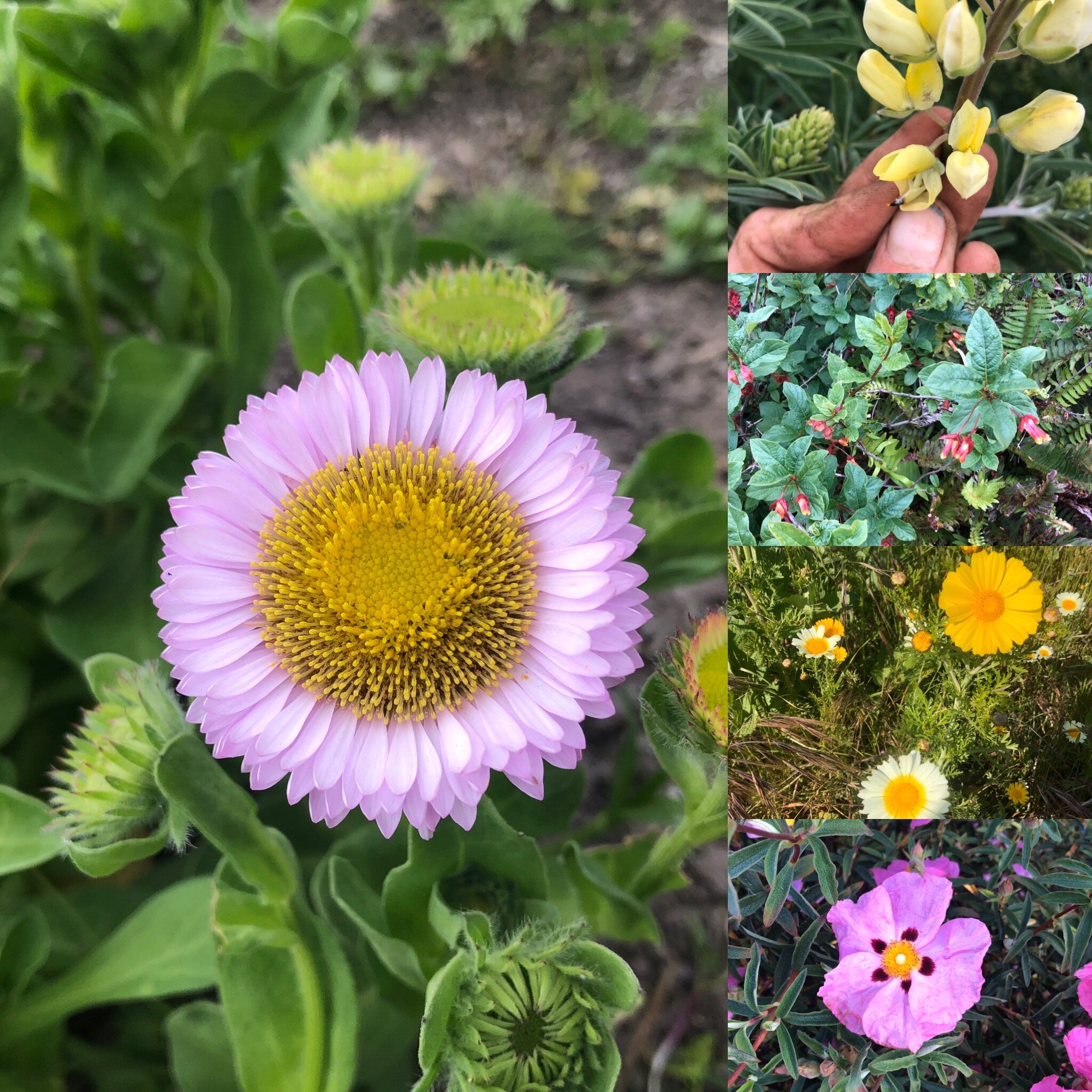**Nature Nugget**
If you’ve looked out at your garden, or have taken a recent walk outside, you have surely noticed an abundance of blooms. It is a visual splendor, but also a part of a sophisticated process, by which plants have been evolving for millions of years to refine their methods for pollination (the transfer of pollen from stamen to stigma, either within a plant or between plants of the same species). These flowering plants are ever honing their mechanisms for pollen transfer, primarily by animals and wind.
About 25 percent of plants exchange pollen by wind. Wind pollination is the prominent method in grasses, most conifers and many deciduous trees (including oaks, poplars, walnuts, and brich). As allergies sometimes prove, wind-pollinated flowers produce a large amount of pollen in order to vastly scatter and increase the chances that it may land on another flower of the same species.
The greater majority of flowering plants are animal-pollinated. These flowers must use color, scent and shape to attract insects, birds and even bats.
Color—Flowers use vibrant, often species-specific colors to attract pollinators. Many are marked with ultraviolet nectar guides, which can be seen by insects but are invisible to human eyes.
Scent—Flowers use attractive scents, as well. Many are pleasing to humans too, but there are a number of flowers that attract flies and beetles with smells that resemble rotting meat or skunk spray. Scent is specifically important to night-flying insects (such as moths) that pollinate with decreased visibility, and a dependence upon bright white blooms and attractive scents.
Shape—The shape and size of flowers are important considerations, as well.
Open, bowl-shaped flowers (like poppies, buttercups and daisies) generally have a ring of plentiful pollen in the middle of the flower. They attract a variety of pollinators, who collect the pollen onto their bodies as they move around the inside of the flower.
Lipped flowers, typically belonging to the sage or the pea family are specialized flowers that, in many cases, have a close relationship with bees. The lip at the front of the flower is the landing platform, from which the bee pushes its head into the flower to get at the nectar, while pollen rubs onto the back of its body (thorax).
Tubular-shaped flowers, such as honeysuckle or foxgloves, appeal to hummingbirds and bumblebees that dive in to get the nectar. Moths and butterflies also push their long thin tongues (proboscises) into the center of smaller tubular flowers.
Pollination is far more nuanced and sophisticated, and can be explored as we take time to discover and make note of our own local plants and their pollinators. Spring here on the coastside is a wonderful time to observe this process and the unique characteristics of local plants and their flowers, within your own ten-mile radius.

